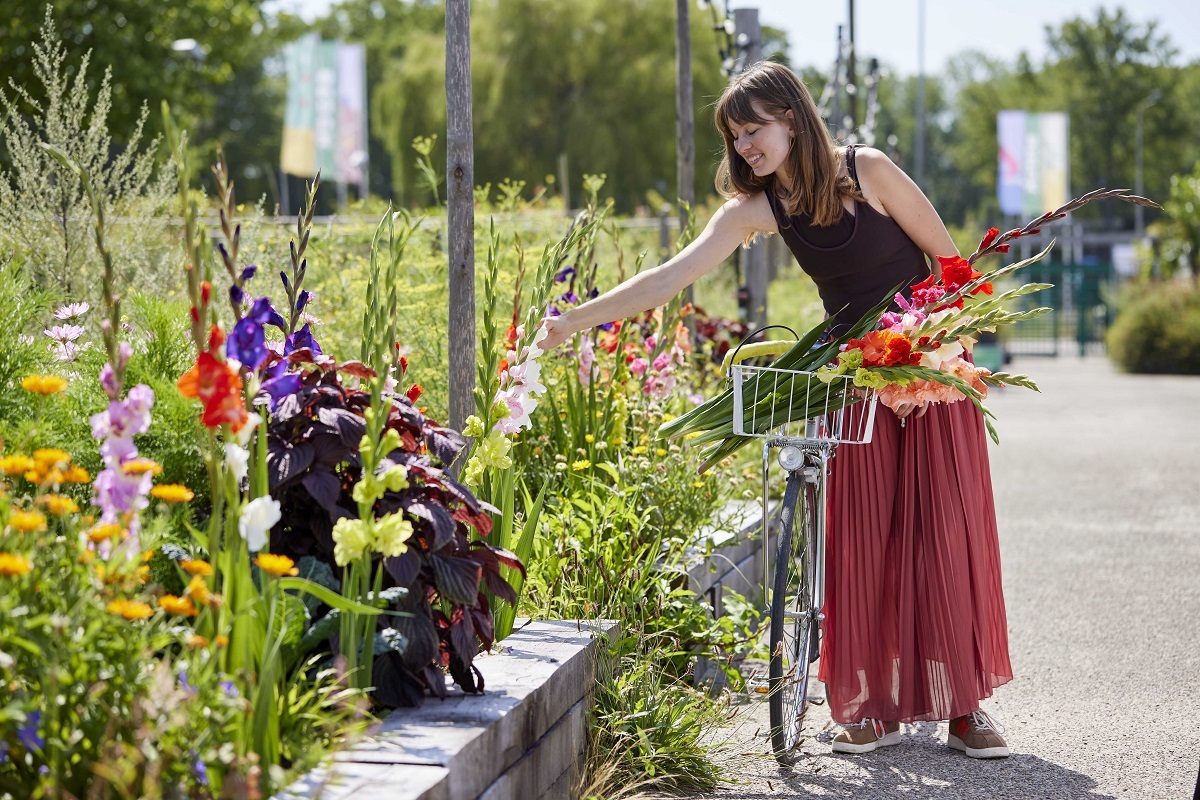Published on 20-05-2024

Around the corm of the gladioli, smaller structures form. They’re called cormels. In the fall, gladioli are harvested, corm and all. After the corms have been rinsed, dried, and matured, the cormels are twisted off, heat-treated, and stored.
Gladioli are cultivated over two-year cycles. Each cycle has three stages: from cormels, to planting stock, to mature bulbs. The full cultivation cycle looks like this:
Cormels: Cormels are planted in spring, usually in the months of April and May. Note that the cormels have been stored inside over the winter in a cool, dry, and dark place. Straight after they are planted, they get a big boost from the sunlight, the higher spring temperatures, and the moisture in the soil: it’s time to wake up!
Planting stock: Over the course of a season, cormels grow into planting stock, the next stage in the growing process. At this point, they’re no longer cormels, but not yet mature bulbs, either. After the fall harvest, this planting stock is sorted by size and breed and carefully stored until it’s ready to be replanted in April and May.
Deliverable bulbs: Planting stock will grow into what we call deliverable bulbs. These bulbs are rinsed, dried, peeled, and sorted, before being preventatively cured. Curing is a treatment carried out to prevent corm rot, thrips, and other diseases. Its goal is to help deliver the highest possible grade of bulbs, so that the grower, gardener, or picking garden can grow the most beautiful gladioli!

And that closes the circle of cultivation. You need a cormel to get planting stock, and you need planting stock to grow a bulb. When they’re ready, our bulbs are shipped all over the world to flower at their final destination.
The gardener buys bulbs at the grocery store, hardware store, general store, or garden center. They plant them in their garden, border or pots to enjoy them all summer long. Or, even better, to pick them from their own garden and show them off in a vase!
The flower grower plants the bulbs with the goal of growing flowers. Later, the flowers will make their way to the florist or the grocery store, where flower lovers will jump at the chance to score a gorgeous bunch of gladioli and brighten up their home, apartment or sunroom with these summery eye-catchers.
The picking garden is the place to get fresh flowers from spring through to fall. And you get to pick them yourself! Build a handmade bouquet, just the way you want it. Gladioli are perfect for picking gardens, because they’re low-maintenance, robust, and unique, owing to their variety in height, shape, and color. Not to mention the fact that they’re irresistible to bees and butterflies!
And there you have it: the cycle of growing, from the corm to the blooming flower.
Now you know everything there is to know about gladioli cultivation, from the cormel to the mature bulb. Plus you’ve learned that the gladiolus is a cormous plant, even though the corm is commonly referred to as the bulb. And that our bulbs will end up somewhere in the world as beautifully flowering gladioli, brightening up homes and gardens!
By the way, did you know that gladioli are true magnets for bees and insects? Read more about why gladioli are so attractive to bees and butterflies and a must-have for your summer garden in our blog post ‘5 reasons why gladioli are the ultimate flower for bees and butterflies’.
The gladiolus is a symbol of the pride and strength of the summer, in your garden as well as in a vase. A colorful, proud summer bloomer that will give you that summer vibe every time!
Find more inspiration on our social media pages on Facebook and Instagram.